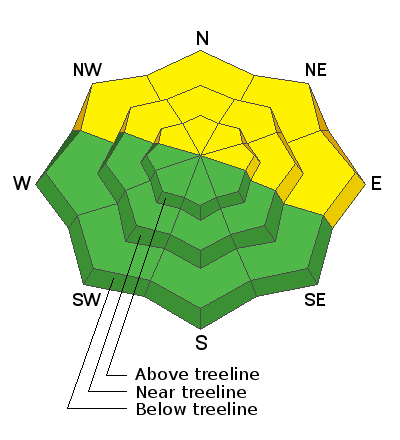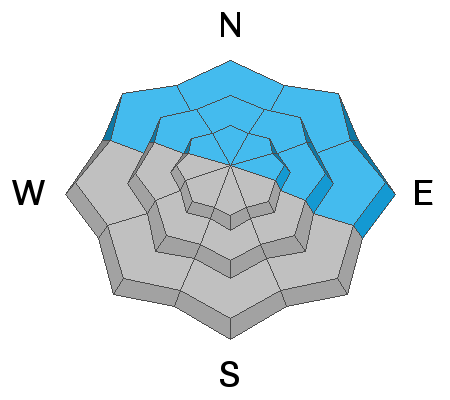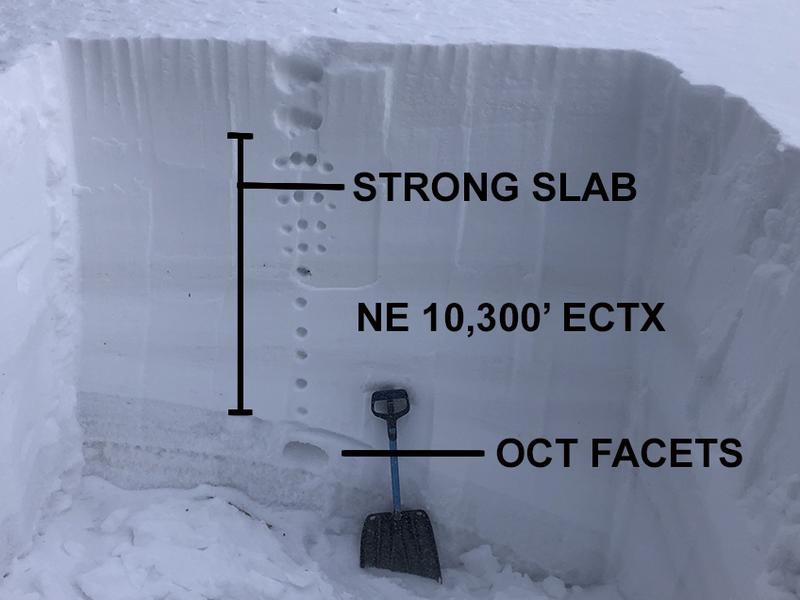Forecast for the Moab Area Mountains

Issued by Eric Trenbeath on
Sunday morning, January 9, 2022
Sunday morning, January 9, 2022
The avalanche danger is MODERATE on all steep, north facing slopes where triggering a large, deep, and very dangerous avalanche failing on a buried persistent weak layer remains possible. The danger increases with elevation and wind loaded slopes are more suspect.
Though the likelihood of triggering a deep and dangerous avalanche continues to trend downward, an avalanche of this magnitude would be un-survivable. Careful terrain choices and avoidance of steep, northerly facing terrain is the only guaranteed strategy.

Low
Moderate
Considerable
High
Extreme
Learn how to read the forecast here








